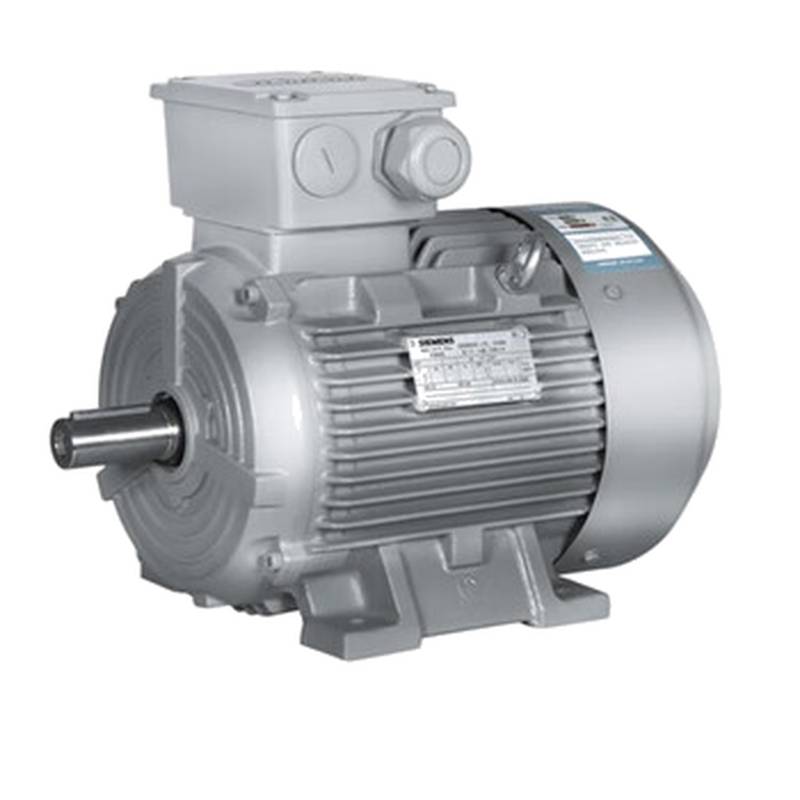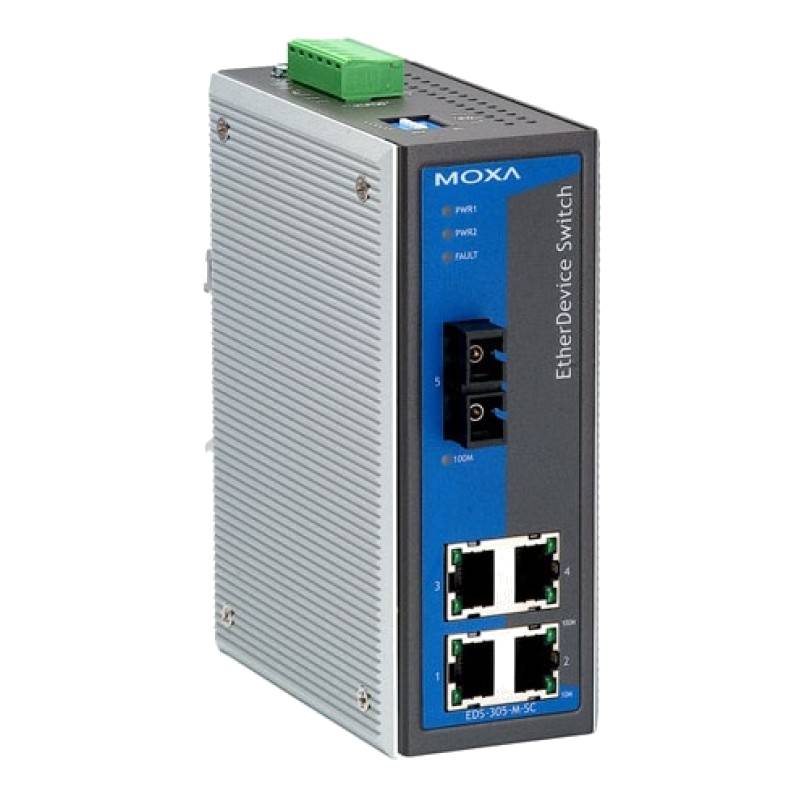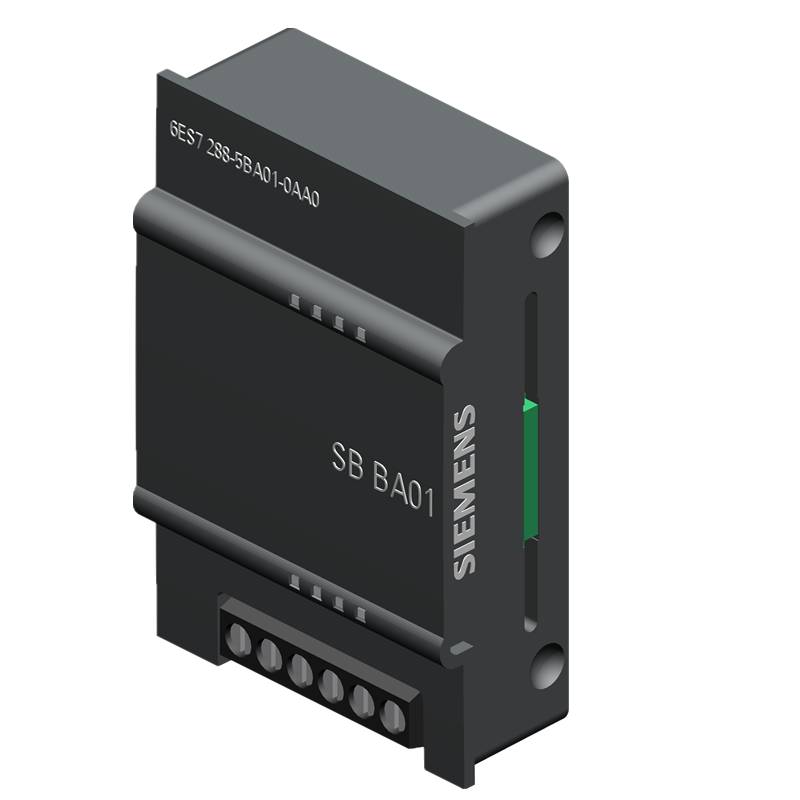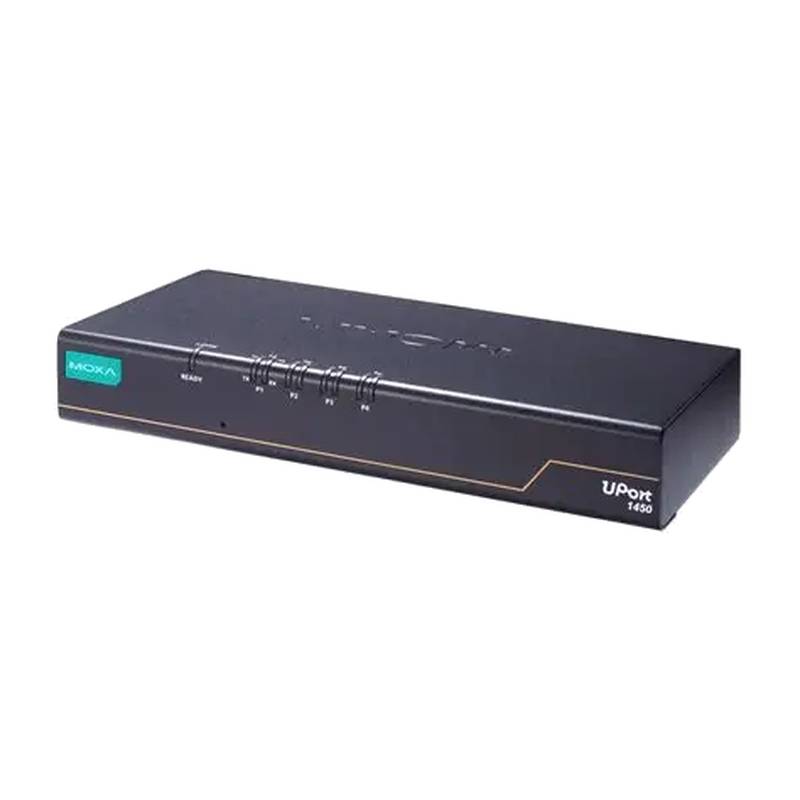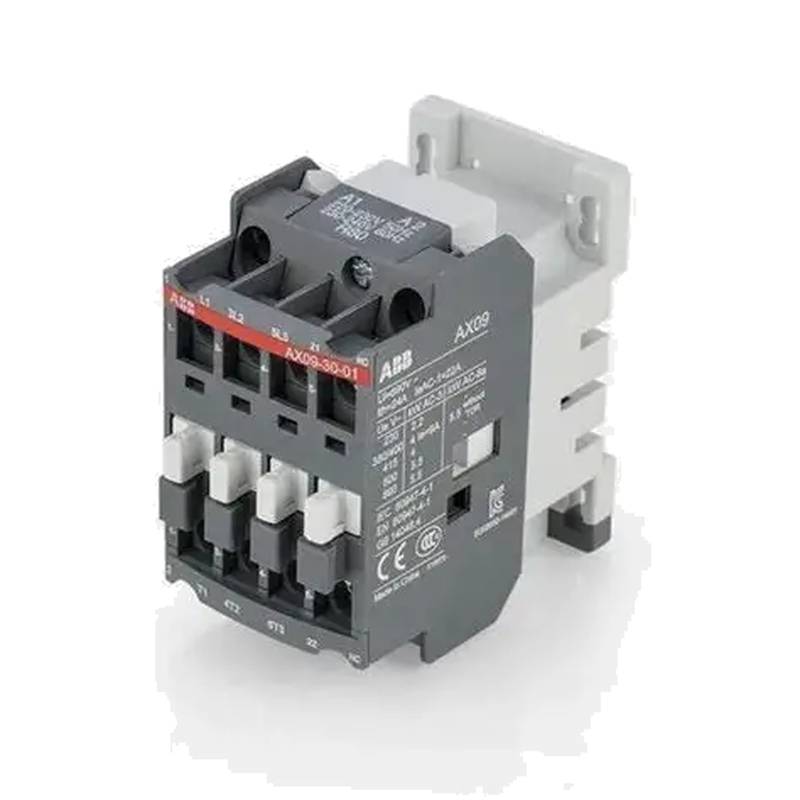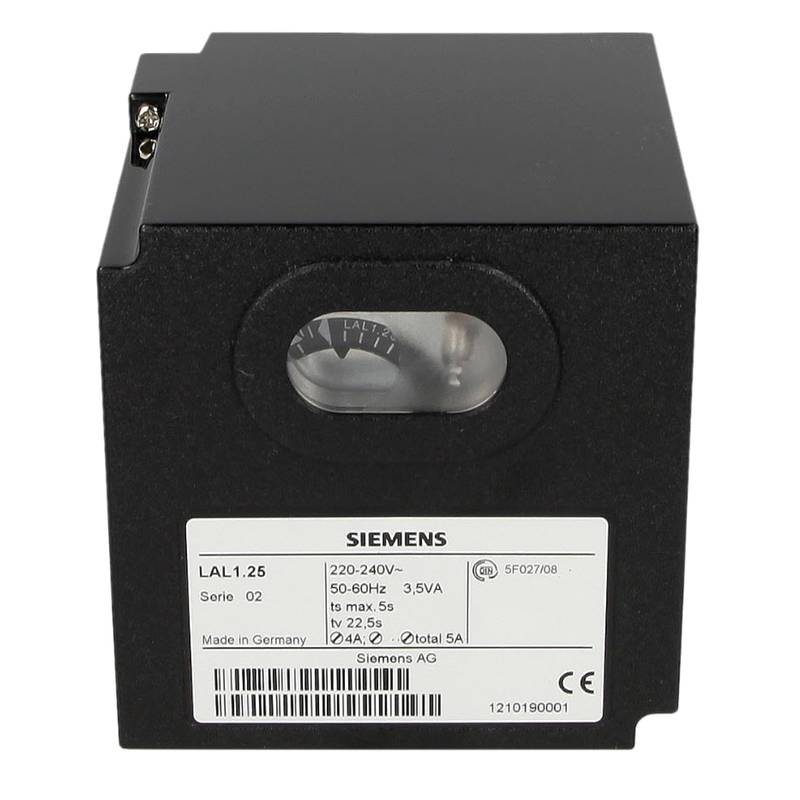
The Delta ECM-B3M-KA1320SS1 Integrated Brake Safety Control Servo System represents a significant advancement in motion control technology, offering unparalleled precision, safety, and integration for demanding industrial automation applications. This sophisticated servo system combines a high-performance servo drive with an integrated safety brake control, designed to meet stringent safety standards and enhance operational efficiency. Key advantages include its compact design, robust braking capabilities for immediate stops, and advanced control algorithms for smooth, precise movements. The system boasts a continuous output current of 13.2 A and a peak output current of 33 A, operating on a 200-240 VAC power supply. It features a built-in encoder interface supporting resolutions up to 17-bit, and its communication capabilities include CANopen and EtherNet/IP, facilitating seamless integration into diverse automation architectures.
Product Specifications
| Feature | Specification |
| :------------------- | :------------------------------ |
| Model Number | ECM-B3M-KA1320SS1 |
| Continuous Current | 13.2 A |
| Peak Current | 33 A |
| Input Voltage | 200-240 VAC |
| Encoder Resolution | Up to 17-bit |
| Communication | CANopen, EtherNet/IP |
| Safety Functionality | Integrated Brake Control |
| Protection Class | IP20 |
| Ambient Temperature | 0-50 °C |
Core Features & Market Positioning
The Delta ECM-B3M-KA1320SS1 distinguishes itself through its integrated safety brake control, a critical feature for applications requiring immediate and reliable stopping power. This eliminates the need for external safety relays and complex wiring, simplifying system design and reducing potential failure points. The system's advanced servo control algorithms ensure high-precision positioning and smooth velocity control, crucial for tasks like pick-and-place, assembly, and material handling where accuracy is paramount. Its robust construction and adherence to international safety standards position it as a superior choice for industries prioritizing both performance and worker safety, such as automotive manufacturing, electronics assembly, and packaging.
Key Application Scenarios
This integrated servo system is exceptionally well-suited for automated machinery requiring precise motion and inherent safety, including robotic arms in confined spaces, automated guided vehicles (AGVs) operating in dynamic environments, and high-speed packaging equipment where sudden stops are essential for product integrity and operator protection. Its EtherNet/IP connectivity makes it an ideal candidate for integration into large-scale manufacturing lines utilizing Rockwell Automation or other major PLC platforms. The CANopen interface allows for flexible networking in distributed control systems, common in advanced machine building. Applications demanding strict adherence to safety regulations, such as those in the pharmaceutical or food and beverage industries, will particularly benefit from its built-in safety features.
Practical System Integration Guidance
Integrating the Delta ECM-B3M-KA1320SS1 involves careful attention to wiring and parameter configuration. For optimal performance and safety, it is imperative to follow Delta's detailed wiring diagrams for both power and communication connections. The brake control circuit requires specific wiring to ensure fail-safe operation; typically, this involves connecting the brake release signal to a designated safety output from the PLC or safety controller, or directly to the servo drive's safety inputs if supported. Initial parameter setup should include configuring motor characteristics, encoder feedback, and crucially, the safety parameters for the integrated brake. Delta’s DMCNET configuration software can assist in setting up communication parameters and fine-tuning servo gains for stable operation.
Operation and Risk Mitigation
Operating the Delta ECM-B3M-KA1320SS1 necessitates understanding its safety functions and potential error states. The integrated brake is designed to engage automatically upon loss of power or a safety signal interruption, preventing unintended motion. Users must implement proper lockout/tagout procedures during maintenance. Common troubleshooting may involve checking power supply stability, verifying encoder connections, and ensuring communication links are robust. Critical fault codes, often displayed via the drive's LED indicators or through the communication interface, will guide diagnostics. For instance, encoder errors or overcurrent conditions require immediate attention and adherence to the manual's troubleshooting steps to prevent equipment damage or safety hazards.
Scalability & Long-Term Value
The ECM-B3M-KA1320SS1 offers considerable scalability and long-term value. Its modular design and support for industry-standard communication protocols like EtherNet/IP and CANopen ensure compatibility with a wide range of PLCs and HMI systems, allowing for easy expansion of existing automation infrastructure. Delta Electric also provides a comprehensive ecosystem of compatible servo motors and associated drives, enabling users to scale their automation solutions as production demands grow. Furthermore, its integration capabilities with IIoT platforms through standard industrial protocols pave the way for future enhancements in predictive maintenance and data-driven operational optimization, ensuring the system remains a valuable asset in evolving smart manufacturing environments.
Frequently Asked Questions (FAQs)
What is the primary advantage of the Delta ECM-B3M-KA1320SS1's integrated brake?
The integrated brake provides fail-safe stopping power. It ensures immediate and reliable deceleration and holding. This enhances operational safety significantly.
This feature eliminates external safety components. It reduces wiring complexity and installation costs. System reliability is also improved.
The brake engages automatically during power loss or safety signal interruption. This prevents hazardous uncontrolled movements. It meets stringent safety standards.
How does the EtherNet/IP communication facilitate integration?
EtherNet/IP allows seamless network connectivity. It enables communication with major PLCs and HMIs. This simplifies system architecture.
It supports real-time data exchange. This is crucial for high-speed automation. Diagnostics and parameter adjustments are streamlined.
This protocol ensures interoperability. It integrates easily into existing industrial networks. It supports advanced control strategies.
What is the recommended procedure for initial parameter setup?
Begin by configuring motor-specific parameters. Ensure encoder feedback is correctly identified. This is vital for accurate positioning.
Next, set operational modes and control gains. Tune these for smooth, precise motion. Test under safe, controlled conditions.
Finally, configure safety functions and communication settings. Follow the manual for specific values. This ensures safe and efficient operation.
Can this servo system be used in applications requiring high-precision positioning?
Yes, its 17-bit encoder offers high resolution. This enables extremely accurate position control. It is ideal for intricate tasks.
The advanced servo control algorithms minimize overshoot. They ensure smooth acceleration and deceleration profiles. This results in superior repeatability.
Applications like automated assembly and precise dispensing benefit greatly. It meets the demands of high-accuracy automation.
What are the typical fault codes for the Delta ECM-B3M-KA1320SS1, and how are they addressed?
Common faults include encoder errors and overcurrent conditions. These typically indicate connection issues or excessive load. Refer to the manual for specific codes.
Addressing these often involves checking wiring integrity. Ensure motor and encoder cables are secure. Investigate potential mechanical binding or overload.
If faults persist, contact Delta technical support. Provide the exact fault code for rapid assistance. Proper diagnostics prevent equipment damage.
What safety standards does the Delta ECM-B3M-KA1320SS1 comply with?
The system is designed to meet various industrial safety standards. It often aligns with IEC 61508 and ISO 13849 requirements. These ensure functional safety.
The integrated brake control is a key safety feature. It provides reliable stopping functions. This contributes to overall machine safety.
Always consult the product documentation for precise compliance details. This confirms its suitability for your safety-critical application.
How does CANopen simplify networking for this servo system?
CANopen provides a standardized communication protocol. It allows for flexible and efficient networking. This is beneficial for distributed control systems.
It supports various network topologies. Device configuration is simplified. This reduces engineering time.
This protocol is widely adopted in industrial automation. It offers robust and reliable data transfer. It enables easy integration of multiple devices.
What is the significance of the IP20 protection class?
The IP20 rating indicates protection against solid objects larger than 12.5mm. It means the drive is protected against finger contact. However, it does not offer water resistance.
This protection is suitable for control cabinets. It ensures the drive is shielded from accidental contact. It requires installation in a protected environment.
Ensure the installation location prevents dust ingress and moisture. This maintains the drive's operational integrity.
How can the Delta ECM-B3M-KA1320SS1 contribute to Industry 4.0 initiatives?
Its EtherNet/IP and CANopen interfaces enable connectivity. This allows seamless integration into IIoT platforms. Data can be collected for analysis.
The system supports remote monitoring and diagnostics. This facilitates predictive maintenance strategies. It optimizes operational efficiency.
Real-time data on performance and status is available. This supports smart manufacturing and automation advancements.
What ambient temperature range is recommended for optimal operation?
The system is rated for operation between 0°C and 50°C. Operating within this range ensures reliable performance. It prevents overheating or component stress.
Maintaining this temperature is crucial for longevity. Ensure adequate ventilation in the installation environment. Avoid direct sunlight or heat sources.
Extended operation outside this range may lead to reduced performance. It could also shorten the lifespan of the servo drive. Always adhere to specified environmental conditions.
















